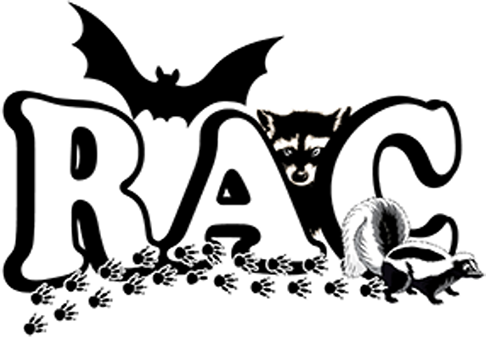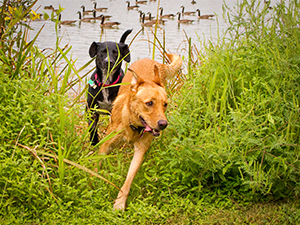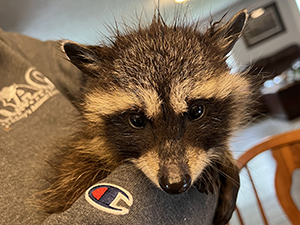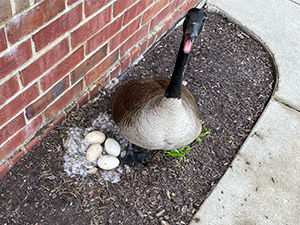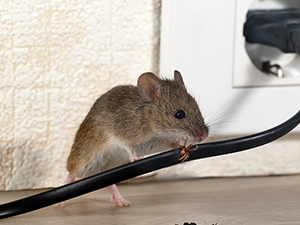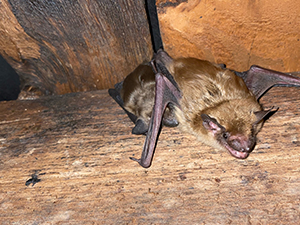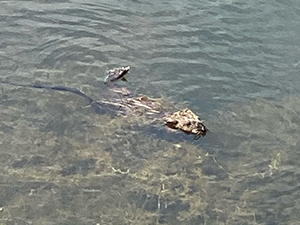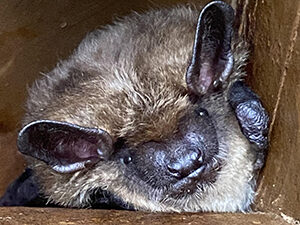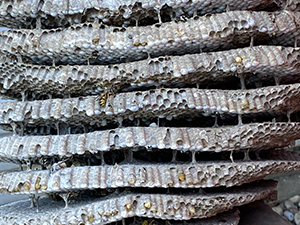Buzz Off: How to Protect Your Property from Stinging Insects
As a property manager or building owner, dealing with stinging insects can be more than just a nuisance—it can pose significant risks to health and safety. Finding reliable pest control services that effectively address these problems can be a challenge. At Rusty's Animal Control (RAC), we understand the complexities involved… Read More

